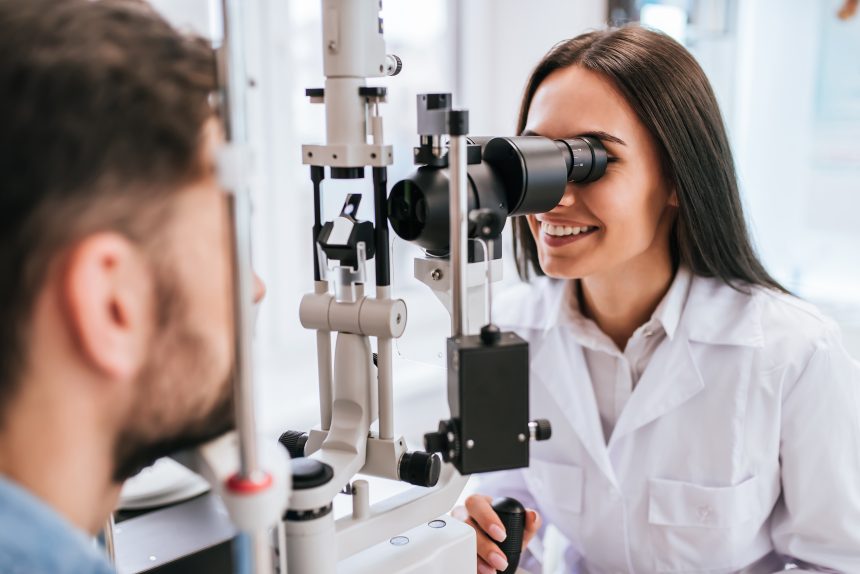In the vast and ever-evolving domain of healthcare, a revolution is quietly unfolding, driven by the relentless advance of artificial intelligence (AI). Within this transformative wave, the field of ophthalmology emerges as a particularly vivid illustration of AI’s disruptive potential. Here, the age-old practice of eye examinations is undergoing a profound metamorphosis, challenging conventions and redefining the paradigms of patient care and provider engagement. At the heart of this upheaval lies a potent blend of AI-driven efficiency, precision, and foresight—heralding a future where the very fabric of eye care is reimagined.
A New Dawn in Diagnostics and Treatment
Dive into the core of AI’s transformative power in ophthalmology, and you’ll find its prowess in parsing complex visual data. Through the lens of machine learning algorithms, meticulously trained on vast datasets comprising images of eyes in states of health and disease, AI uncovers patterns imperceptible to the human gaze. Such discernment proves indispensable in the early detection of afflictions such as diabetic retinopathy, glaucoma, and age-related macular degeneration. For those in the shadows of these conditions, AI’s insights can light the way to interventions that might preserve sight, significantly altering the course of their journey toward wellness.
Streamlining the Beating Heart of Care Provision
For the stewards of healthcare—providers themselves—AI’s integration into the ecosystem of eye care streamlines the very essence of their work. They can now trust AI to handle the minutiae of manual image analysis, freeing up valuable time to focus on the human side of medicine. This recalibration not only elevates the volume of patients receiving care but also the quality of the diagnoses rendered. Beyond the confines of diagnostics, AI extends its reach, orchestrating the symphony of appointments and follow-ups, thus refining the operational cadence of eye care establishments.
A Beacon of Accessibility and Personalization
From the vantage point of patients, the AI revolution in eye care emerges as a beacon of enhanced accessibility and diminished apprehension. With teleophthalmology, a discipline buoyed by AI, the barriers of distance dissolve, enabling patients, especially those nestled in remote or underserved locales, to access expert care from the comfort of their abodes. Moreover, AI’s capacity to tailor treatment strategies to the individual’s unique medical narrative promises a future where care is not just received but felt, deeply and personally.
Navigating the Terrain of Challenges
Yet, the path of AI trends in eye care is strewn with obstacles—questions of data privacy, the imperative for vast and diverse training datasets, and the necessity for algorithms free from bias loom large. The specter of automation’s march, with its potential to strip healthcare of its human essence, also casts a shadow, prompting reflection on the balance between technological advancement and the irreplaceable value of the human touch.
Gazing into the Horizon
As we stand on the cusp of tomorrow, the promise of AI in reshaping eye care sparkles with potential. With each stride in algorithmic precision and integration, the horizon of what’s possible expands. Yet, nestled within this vista of innovation, lies a fundamental truth—the ultimate triumph of AI in eye care will be measured not by the sophistication of its technology alone but by its harmony with the human spirit that underpins healthcare.
In essence, AI’s incursion into the realm of eye exams is both a testament to our times and a beacon for the future, offering a glimpse into a world where the prevention of vision loss and the enhancement of eye health are achievable aspirations for humanity’s collective gaze. As we navigate this transformative era, the interplay of challenges and opportunities that AI presents beckons us to a future where the care we provide and receive is not just seen but envisioned, through a lens of empathy, innovation, and boundless possibility.








